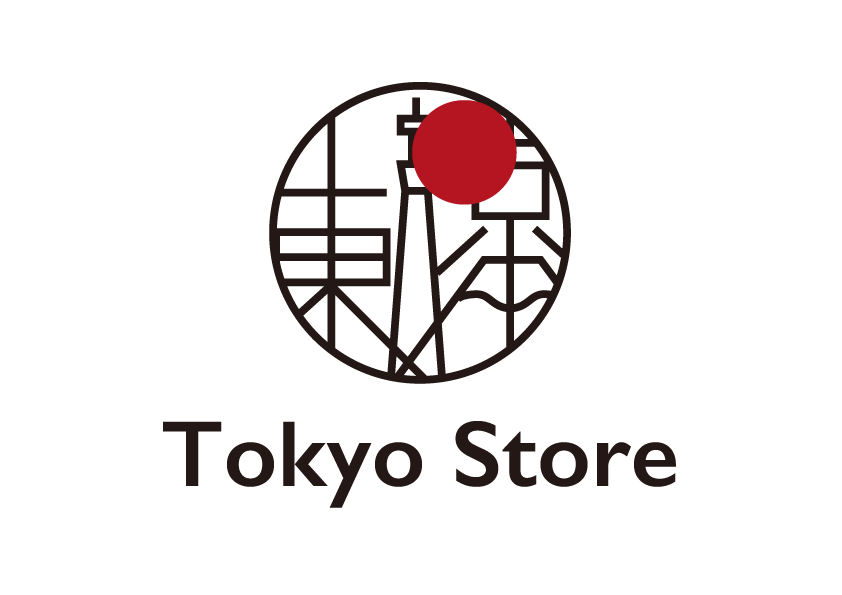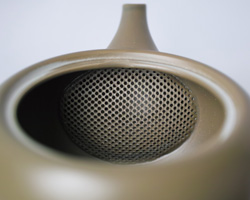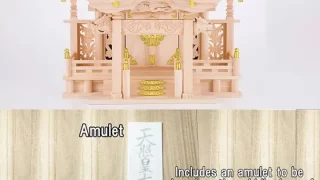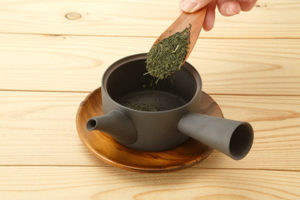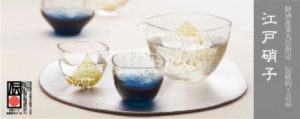Want to find the perfect Kyusu Japanese teapot for you?
Points to choose from Kyusu Japanese teapots
◎ Choose a size
It is said that large is also small, but it does not mean that large is good. If the kyusu is too big, the tea will come out too much and it will be astringent, and if it is too small, you will have to pour it many times, which will make the other party wait. We recommend a size suitable for the number of people brewing.
The size of the cup for one person is generally 60 to 100 ml, so it is easy to understand if you consider this as a guide.
For 1 person: 100-150 ml
For 2-3 people: 200-350 ml
For 4 to 5 people: 400 to 550 ml
◎ Choose a tea strainer
Shape: Sasame
Features: A type with a hole in the body of the Kyusu. Fine-leaved teas such as deep-steamed tea and powdered tea tend to clog, so choose the one with the finest possible grain.
Shape: Stainless steel mesh
Features: Many of them have a relatively fine mesh and are suitable for deep-steamed tea and powdered tea. There are various shapes, from a “board net” that covers only a part to a “band net” that covers the whole.
Shape: Stainless steel mesh basket net
Features: This shape is generally increasing, and the feature is that the tea leaves are easy to throw away and easy to clean. If it is shallow, the tea leaves will not be soaked, so choose a deeper one.
◎ Check the matching
One of the criteria for judging whether or not it is a good Kyusu is “matching”. If there is a gap between the kyusu and the lid, it will affect the steaming of the tea and it will leak when pouring.
There are almost no large production areas of Kyusu such as Tokoname ware or handmade ones that have a bad “matching”.
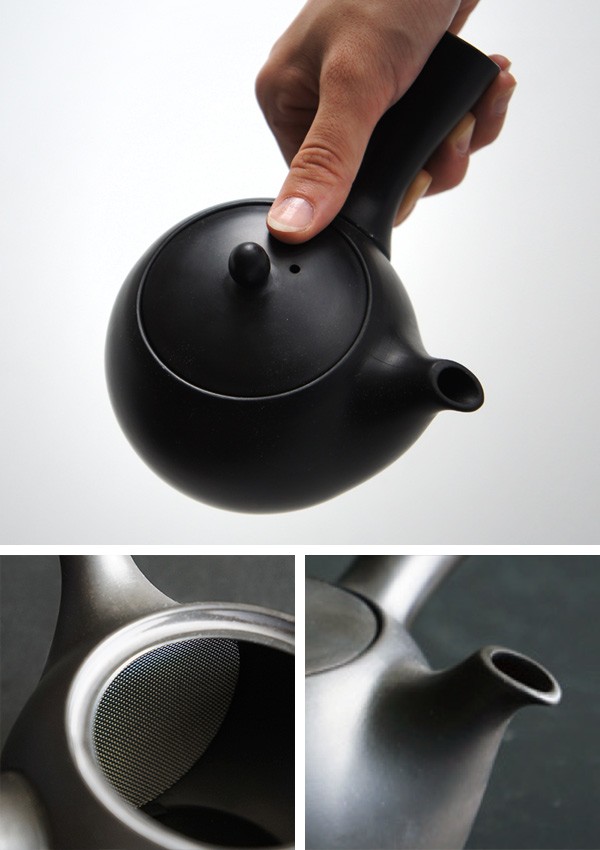
◎ Handle
There is no particular rule, but let’s choose it according to the purpose and ease of use.
Yokote (side type)
A traditional Japanese teapot, you can hold the handle with one hand and hold the lid with your thumb to pour.
Ushirote (back type)
A pot-shaped Kyusu with a handle on the opposite side of the spout.
Uwategata (up type)
There is a handle on the top of the kyusu, which is suitable for brewing hot tea such as genmaicha and hojicha.
Hohin (no handle type)
It is a kyusu without a handle and is suitable for brewing tea at low temperatures such as gyokuro and high-grade sencha.
